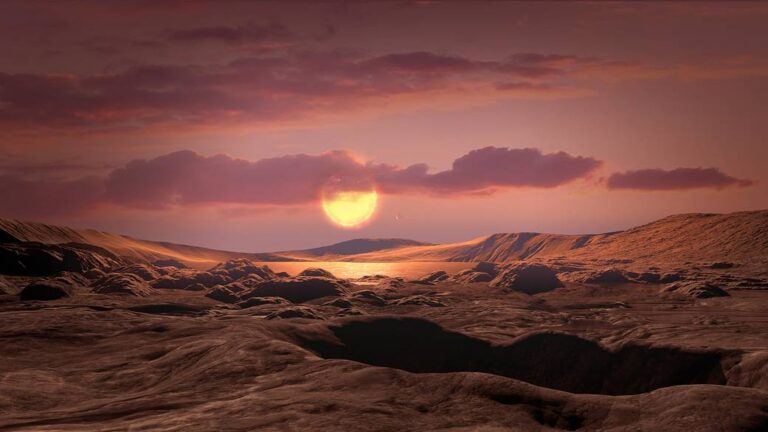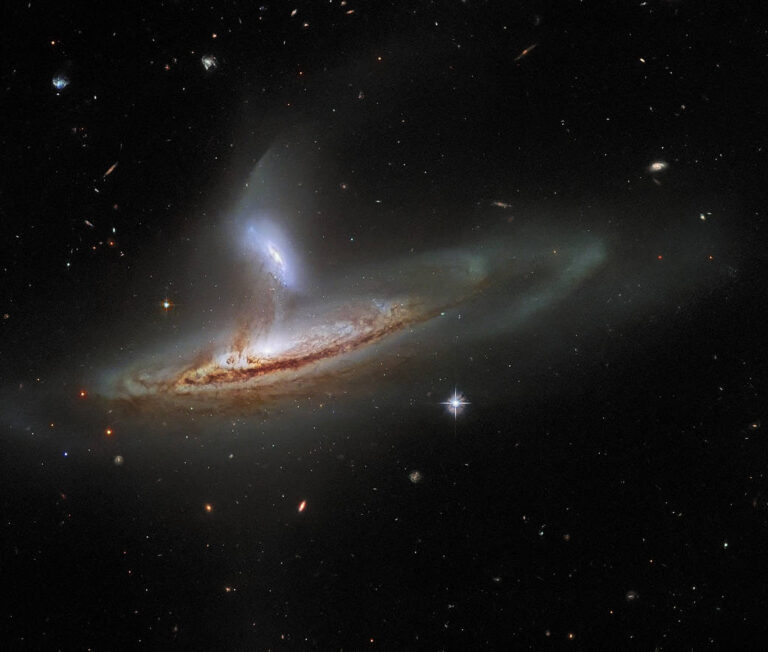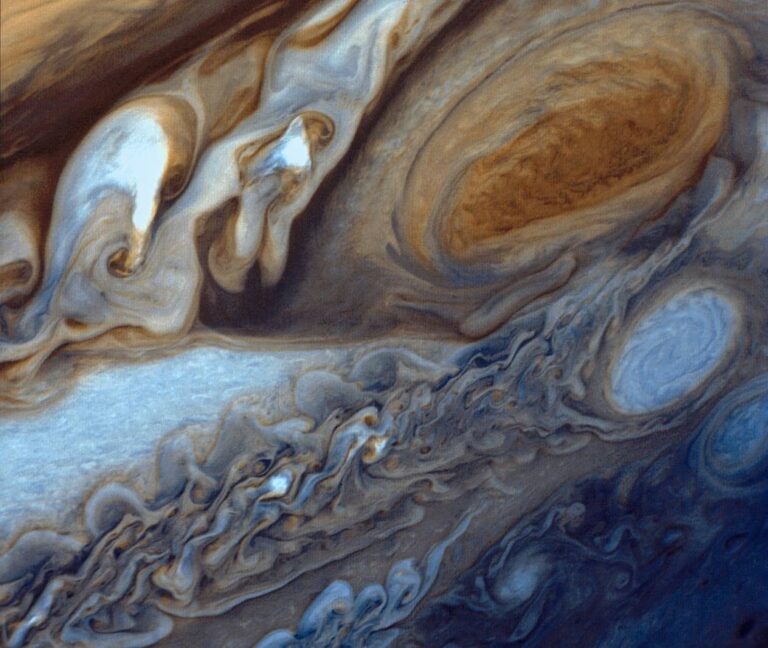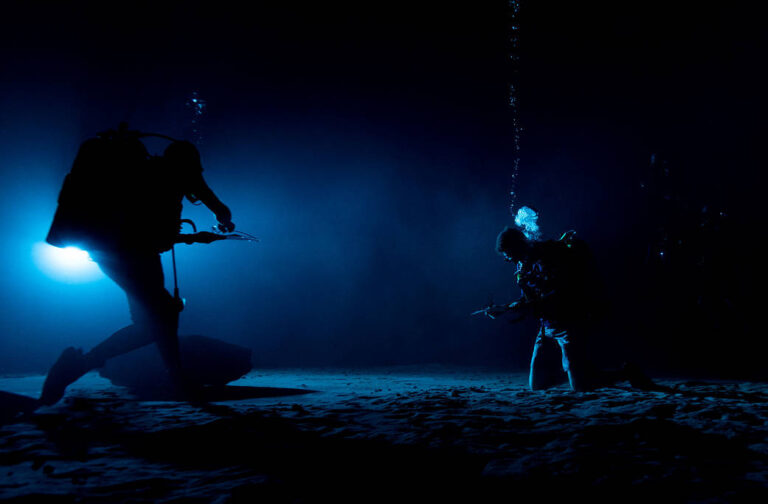NASA测试F/A-18E
A top view shows the wing loading test configuration of a F/A-18E from the Naval Air Systems Command (NAVAIR) in Patuxent River, Maryland. While the aircraft was in NASA’s Armstrong Flight Research Center Flight Loads Laboratory in Edwards, California, it underwent the center’s biggest load calibrations tests. That testing was needed before the aircraft could serve as a test vehicle for determining if it could safely manage maneuvers and proposed upgrades. Image Credit: NASA/Joshua Fisher 俯视图显示了马里兰州帕塔克森特河海军航空系统司令部(NAVAIR)F/A-18E的机翼载荷测试配置。当飞机在加利福尼亚州爱德华兹的美国宇航局阿姆斯特朗飞行研究中心飞行载荷实验室时,它接受了该中心最大的载荷校准测试。在飞机能够作为测试工具以确定它是否可以安全地管理机动和提议的升级之前,需要进行这种测试。 图片来源:NASA/Joshua Fisher










